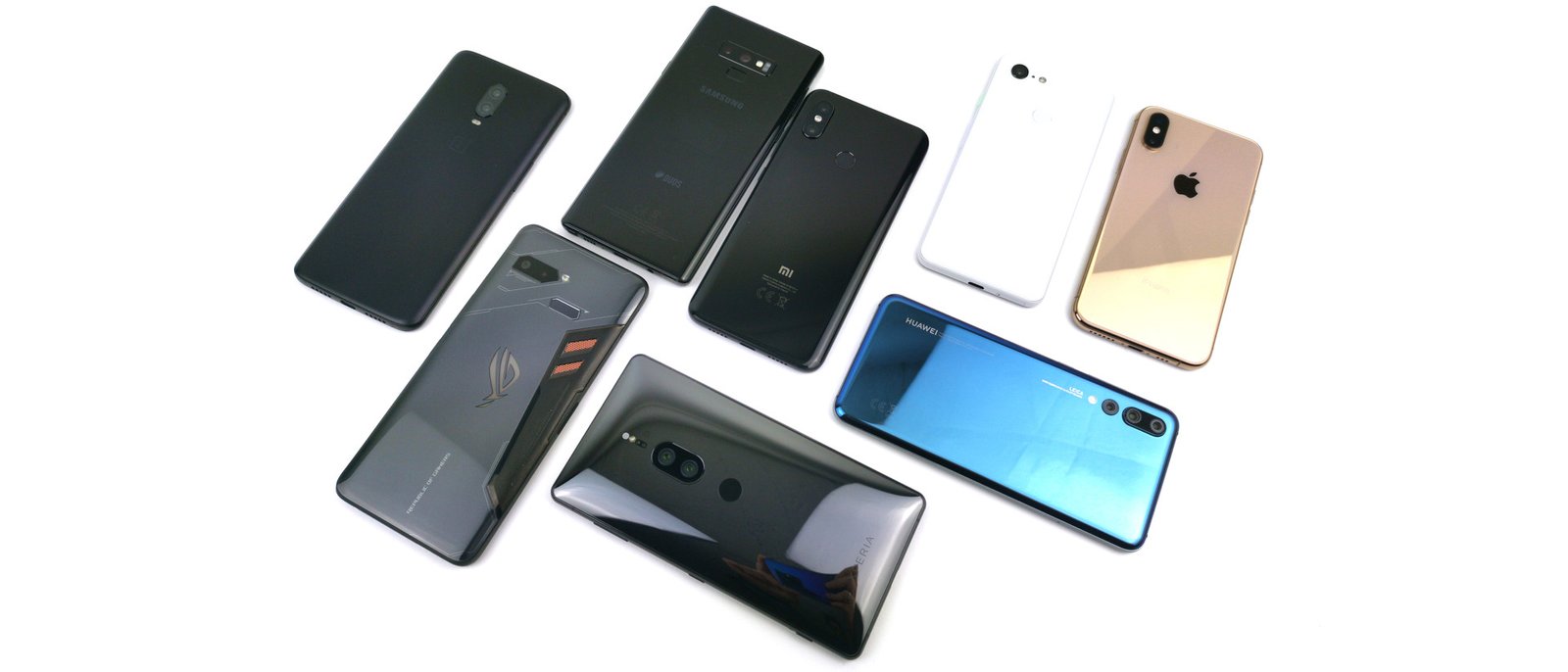
Smartphone Cameras in 2020
Up to 200 megapixels, display cameras, 8K video, and 3D: The next decade begins with the broad prospects of smartphone photography. We show you the most exciting future trends.
Sensor area and resolution
For the coming decade, the 1 / 3-inch format has been the standard for smartphone cameras for a long time. At the end of the century, the size of these chips suddenly increased-until Samsung finally launched the legendary Nokia 808 Pureview via Isocell Bright HMX.
Why is size so important?
Imagine an image sensor is like a bucket, and you want to use it to measure precipitation. The larger the bucket, the more water is collected. Of course, we can also record the falling water in a small glass and then extrapolate it to the number of liters per square meter. But the larger the blood vessel, the more accurate the result. Samsung Isocell Bright HMX (1 / 1.33 inches) now offers three to four times the space of the Sony IMX363 in the Google Pixel 4 XL. However, the resolution of 108 megapixels is almost ten times that of the latter-the individual pixels on the sensor are much smaller.
Not only Samsung, but Sony also rely on Bayer (Tetracell) masks (Samsung) or quadruple Bayer (Sony) to provide four times lower resolution for its high-resolution sensors above 30 megapixels. For example, a 108-megapixel sensor has a 27-megapixel color resolution-at this resolution, the pixel size is computationally larger than a regular 12-megapixel sensor.
High resolution and flexibility
Why use this technique now? This subdivision of color pixels adds flexibility. Under ideal lighting conditions, full resolution can reproduce very fine details. Lower color resolution is far less important than very high brightness resolution. See also chroma subsampling, which is common in the video. The sensor then expands the real advantage under difficult lighting conditions. For high-contrast themes such as backlight, both Sony and Samsung sensors allow a single pixel to be exposed differently under a single color filter. This allows you to take HDR photos from a single image or HDR video.
Finally, in the dark, large sensors demonstrate their surface advantages, because by combining information from four sub-pixels at once, more light can be simply collected under each color filter.
By the way: JPEG photos or MPEG videos have standard color subsampling of 4: 2: 0. In short, this means that in any case, only one color information can be stored on the four brightness information-as shown in the example above.
In 2020, we will see many smartphones with ultra-high resolution sensors. Qualcomm’s newly launched Snapdragon 865 supports cameras up to 200 megapixels. If we can trust Americans, then next year we will see such solutions in smartphones.
Even better than the 8K resolution promised by Qualcomm, I’m happy with the improvement in slow motion. The Snapdragon 865 can record at 960 fps without any time confusion, with only a tiny time of one second.
Camera module: a lot of help!
In addition to larger main sensors with larger and larger megapixels, more and more camera modules are found in the latest smartphones. Penta cameras like the recently tested Xiaomi Mi Note 10 will become the norm, not the exception of 2020. However, I hope that the camera module in the coming year will not be simply blown into the phone without any feeling or reason, just to have more lenses than competitors. In my opinion, a macro camera or depth sensor with 2 megapixels and a high-resolution main sensor and other ultra-wide-angle cameras that are available at the same time are superfluous.
Goodbye
From 2020, we can say “Adios” to a big trend in the past few years: the gap. In early 2019, Oppo introduced a camera that can take pictures through the display. In early December, the Chinese manufacturer showed a functioning prototype at an event in Shenzhen. At the latest, in 2020 or 2021, we may wish to have the first smartphones with corresponding cameras.
Computational photography
We’ve discussed this topic many times in this article, but computational photography is definitely worth a separate section in 2020. Although in recent years, computer-aided photography has mainly emerged through HDR, all-in-one night mode, and more recently the Pixel 4 through astrophotography. The scope will be wider next year.
The Beta version of Adobe’s camera app (called Photoshop Camera) offers an interesting prospect: in addition to the usual color filters, there are some filters that can change the weather or turn daylight into nighttime. In the coming year, we will also see more and more advanced effects that will make the eyes more radiant, the skin more beautiful, and even make people younger.

Expert Installation: Tips for Choosing Air Conditioning in Brisbane

How to Maintain a Rotary Vane Air Compressor

Pet Hospital Logo Design Samples

Expert Installation: Tips for Choosing Air Conditioning in Brisbane

How to Maintain a Rotary Vane Air Compressor

Pet Hospital Logo Design Samples


